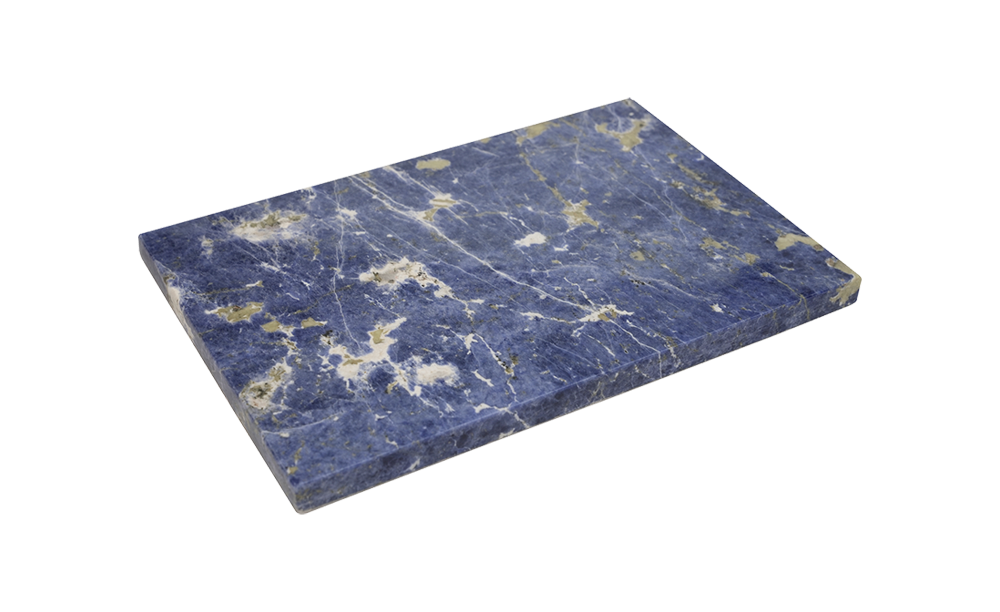As people's pursuit of high-end quality of life continues to improve, luxury stone tiles are increasingly appearing in high-end residences, hotel lobbies, villa bathrooms and other scenes. Large size, natural texture, bright texture, make the space look noble and elegant instantly.
1. Luxury stone tiles ≠ natural marble, it is not difficult to take care of
First of all, it should be made clear that most of the luxury stone tiles on the market are high-end tile products that imitate natural stone textures, usually made of full-body tiles or marble tiles. Compared with real marble, they are better in surface hardness, impermeability and anti-fouling performance.
Because the surface is polished, glazed or nano-coated, this type of tile basically does not "bleed", "absorb oil" or "yellowing" like natural stone. In daily care, just use a neutral detergent or clean water to wipe it, and it is not easy to leave water or oil stains.
2. Anti-slip treatment: choose the level according to the scene
Luxury stone tiles have different surface treatments such as bright, soft, matte, and the anti-slip performance is directly related to its surface friction coefficient.
Although the glossy tiles (polished) have the best visual effect, they are relatively slippery and suitable for use in dry areas, such as living rooms and walls.
Soft/slightly matte tiles retain the gloss while having a certain anti-slip property, suitable for kitchens, bedrooms or dry and wet separated bathroom spaces.
Matte or anti-slip surface treated tiles have stronger friction and are suitable for areas with high anti-slip requirements such as balconies, bathroom wet areas, and elderly rooms.
TIP: When choosing, you can pay attention to the "anti-slip level" of the tiles (such as R9-R13). Generally, R10 or above is suitable for wet and slippery scenes at home.
3. Glazing process: determines whether the tiles are "easy to care for"
High-end luxury stone tiles mostly use **"full glaze" or "through marble tiles"** glazing technology, which can effectively improve the waterproof and anti-fouling capabilities of tiles. Common types of glazes include:
High temperature glaze: the glaze surface is sintered more tightly with the body, which is wear-resistant and scratch-resistant, and not easy to change color;
Nano glaze/anti-fouling glaze: through nano coating or additives, a dense protective film is formed on the surface to effectively prevent stains from penetrating;
Oil-proof and anti-fingerprint glaze layer: suitable for kitchen walls or public areas to reduce the frequency of cleaning.
When purchasing, you can ask the merchant whether it has technical certification for stain resistance tests (such as ISO 10511114445-14).
Daily maintenance suggestions
Avoid using strong acid and alkali cleaners to prevent corrosion of the glaze surface;
Regularly wet mop + dry wipe to avoid wet stains from staying and forming watermarks;
The first glaze treatment after installation (if not factory-provided) is especially suitable for kitchens and bathrooms.
Luxury stone tiles are not "delicate and difficult to maintain" decorative materials. Choosing the right product + scientific use can fully take into account both beauty and easy care. The key is to reasonably choose the anti-slip level, glaze type and surface process according to the usage scenario to make it both beautiful and easy to use.




 English
English Français
Français عربى
عربى italiano
italiano









